How to setup a HOMELAB
Every infrastructure engineer dreams of having a personal homelab—a safe space to break, fix, and experiment with the very tools and systems they work with in real-world environments. Whether you’re a seasoned Systems Engineer, a DevOps practitioner, or someone getting started in IT, a homelab is your playground to learn, test, automate, and simulate enterprise-grade infrastructure without affecting production environments.
In this post, we’ll walk through what a homelab is, the foundational elements you need, and some popular hypervisors you can consider.
Why Build a HomeLab?
A homelab offers more than just a learning platform:
- Simulate production-like environments
- Test upgrades, patches, and automation scripts
- Experiment with clustering, replication, high availability
- Build, break, and troubleshoot scenarios
- Improve your hands-on experience before a job interview or certification
Start with the Right Hypervisor
To virtualize and simulate multiple machines and networks, a hypervisor is essential. It allows you to run multiple virtual machines (VMs) on a single physical machine, maximizing resource usage and flexibility.
There are two types of hypervisors:
- Type 1 (Bare-metal): Installed directly on the hardware
- Type 2 (Hosted): Runs on top of a host OS like Windows or Linux
Here are some popular hypervisors used by homelab enthusiasts:
| Hypervisor | Type | Licensing | Linux Support | Windows Support | CLI Support | Containers Support | WebUI Support | Snapshot | HA | Clustering | Backup & Restore | |||||||||
|---|---|---|---|---|---|---|---|---|---|---|---|---|---|---|---|---|---|---|---|---|
| Hyper-V | Type 1 | Free (with Windows) / Paid (Datacenter) | Limited (Gen2 VMs) | Excellent | Yes (PowerShell) | No (but can run Docker on top) | Basic (Hyper-V Manager, Windows Admin Center) | Yes | Yes (Failover Clustering) | Yes | Third-party or Windows Server Backup | |||||||||
| VMware vSphere (ESXi + vCenter) | Type 1 | Free (ESXi free, limited) / Paid (vSphere) | Excellent | Excellent | Yes (PowerCLI, ESXCLI) | Via Tanzu (Paid, Enterprise) | Yes (vSphere Web Client) | Yes | Yes | Yes | Yes (Veeam, native APIs, vSphere Replication) | |||||||||
| Proxmox VE | Type1 | Free (Community) / Paid (Enterprise Support) | Excellent | Excellent | Yes (Linux shell, Proxmox CLI, API) | Yes (LXC built-in) | Yes (Proxmox Web UI) | Yes | Yes | Yes | Yes (Proxmox Backup Server, vzdump) | |||||||||
| VMware Workstation | Type2 | Paid (Pro) / Free (Player, limited) | Good | Excellent | Limited CLI (vmrun) | No | No (GUI only) | Yes | No | No | Manual or third-party | |||||||||
| Oracle VirtualBox | Type 2 | Free (Open Source, Extension Pack for features) | Good | Excellent | Yes (VBoxManage CLI) | Limited (Docker inside VMs) | No (GUI only) | Yes | No | No | Manual or third-party | |||||||||
Tips to Optimize Your Homelab Setup
- Use VLANs and virtual switches to simulate enterprise networking
- Automate with Ansible, Terraform, or PowerShell for repeatability
- Monitor your lab using tools like Zabbix, Grafana, or PRTG
- Simulate failures and build BCDR scenarios
- Document everything you build—it’s a great habit and helps during interviews
Conclusion
Setting up a homelab isn’t just a hobby—it’s a powerful career investment. With the right hypervisor and a bit of planning, you can simulate nearly any infrastructure scenario from the comfort of your desk. Whether you’re preparing for certifications, a new role, or just love tinkering with tech, a homelab is your personal IT lab where learning never stops.
